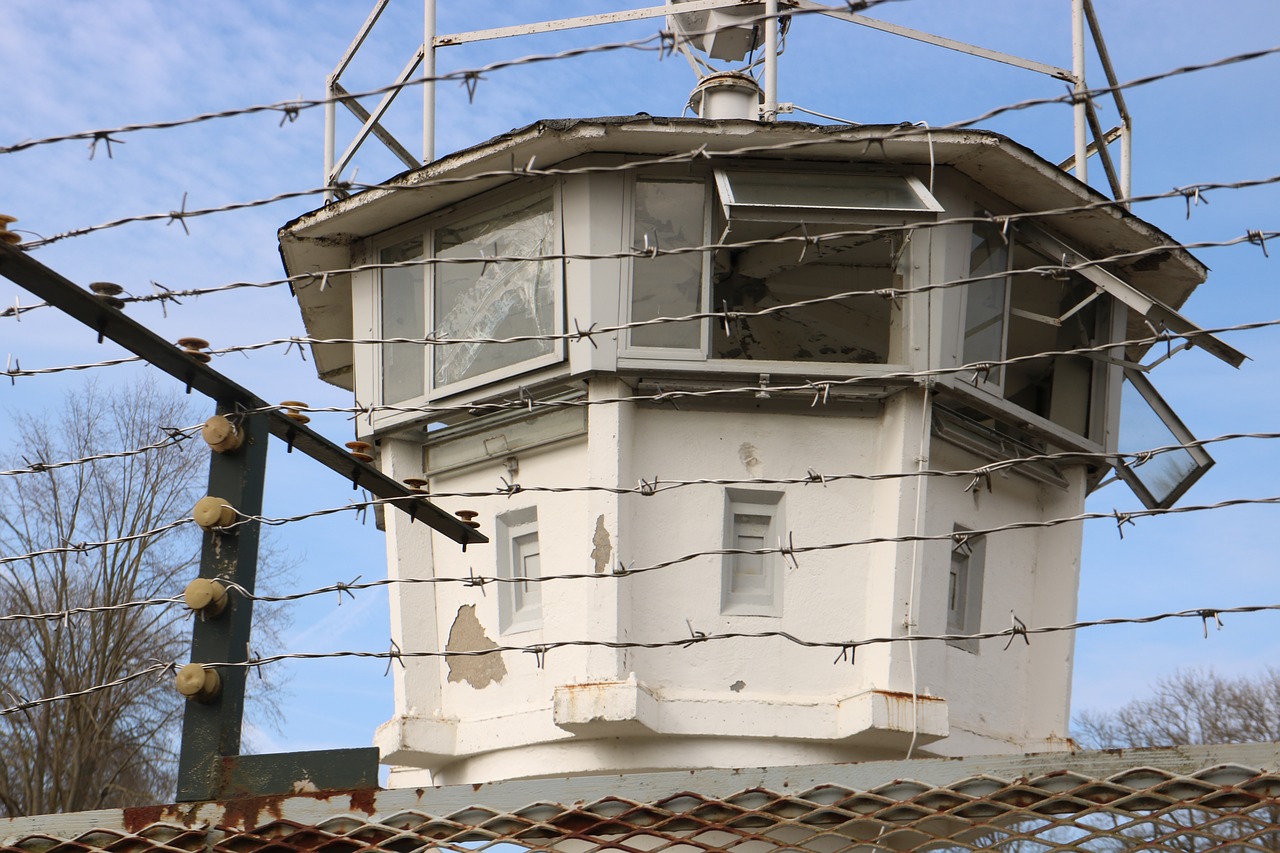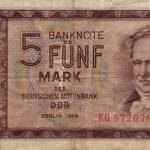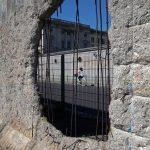 The district of Steinstücken was created in 1787 when farmers from Stolpe acquired land outside their village boundaries. A small settlement developed there in the 19th century. Stolpe was incorporated into Berlin-Wannsee. A reform of 1868 assigned land outside the owner’s place of residence to the municipality in which the owner lived for tax and legal purposes. When Greater Berlin was founded in 1920, Steinstücken thus became part of Berlin, although it was outside the actual city limits.
The district of Steinstücken was created in 1787 when farmers from Stolpe acquired land outside their village boundaries. A small settlement developed there in the 19th century. Stolpe was incorporated into Berlin-Wannsee. A reform of 1868 assigned land outside the owner’s place of residence to the municipality in which the owner lived for tax and legal purposes. When Greater Berlin was founded in 1920, Steinstücken thus became part of Berlin, although it was outside the actual city limits.
Until the end of the war in 1945, this was of little importance. Administered by Berlin, the residents’ lives were more oriented towards Potsdam. But the street cleaning came from Wannsee and when the Allies partitioned according to the sweeping borders, Steinstücken, as part of the US sector, was in the Soviet sector proper.
There were hardly any problems until 18 October 1951. But on that day the GDR unilaterally declared that the place would now belong to the GDR. People’s Police officers occupied the place. As the residents appealed to the US military authorities, the GDR government quickly backed down. But the village was now separated from Potsdam and Babelsberg by a line of posts. The way to West Berlin was via a forest path and two border crossings.
On 1 June 1952, the GDR banned all West Berliners from entering the GDR, with the exception of East Berlin, and erected roadblocks.
The construction of the Wall in 1961 turned Steinstücken into an escape island for a while, as the local border was initially blocked to vehicles only by Spanish horsemen. After about two dozen border guards had fled, Steinstücken was also enclosed by the GDR’s own wall. Nevertheless, electricity and tap water continued to come from the GDR.

To secure Steinstücken, a permanent US military post of three men was established in the exclave. The soldiers were flown in by helicopter, for which a landing pad with lighting was specially constructed. They were also relieved by air. Refugees were also flown out by helicopter.
In 1963, Steinstücken’s land connection to Wannsee was interrupted by further sections of the wall. Supplies were partly sent by air. Access for the approximately 200 inhabitants was only possible via a connecting path a good 1 km long. There was a gate with posts at both ends. All visitors, including suppliers, had to show a certificate of registration for a secondary residence in Steinstücken.
Every year, Father Christmas flying in was worth a report in the newspapers and the Berlin evening show. It was not until 3 September 1971 that a solution was found. The Four Power Agreement stipulated that “the problems of the small enclaves, including Steinstücken ….. be solved by exchange of territory”. Since any change in the city boundary affected the four-power status, such an agreement between the four nations was necessary. A separate agreement between West Berlin and the GDR on 20 December 1971 settled the details: East Berlin ceded a 20-metre-wide and 900-metre-long strip between Steinstücken and Kohlhasenbrück to West Berlin. In return, the GDR received an uninhabited exclave nearby that belonged to Wannsee. Thus Steinstücken was finally no longer an exclave. Since the place was surrounded on both sides by the Wall, tourists and West Berliners came in droves. There was even a BVG bus line to the village. The supply of energy and water was gradually switched to deliveries from West Berlin. But in 1989, the year the Wall came down, twelve houses still drew water from the Potsdam GDR network.
And disputes remained. Until the fall of the Wall, the properties in Steinstraße (southern edge), Rote-Kreuz-Straße (western edge) and the western part of Stahnsdorfer Straße (northern edge) were not directly accessible. The Wall directly abutted the property boundaries, but the pavements belonged to the GDR, which refused to allow their use. An asphalted path was created on the private properties of Steinstraße, which those affected were allowed to use.
The fall of the Wall in 1989 not only brought the inhabitants freedom from the Wall – without it, the exclave was no longer a tourist destination. Only one segment of the Wall remained. The Berlin Wall Trail leaves out pieces of stone. Occasionally, former US soldiers visit the site; a monument made of two rotor blades stands at the former helipad.



